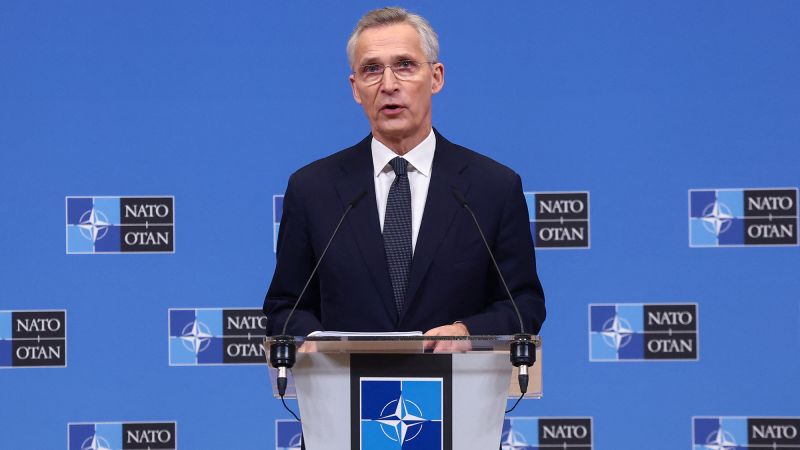
Unprecedented 18 NATO Nations Set to Hit Defense Spending Goal in 2021!
In an unprecedented move, 18 North Atlantic Treaty Organization (NATO) member states are expected to meet the 2% GDP defense spending threshold in 2021. This comes as the international climate continues to witness various threats to global peace and security making it imperative, now more than ever, to meet this investment goal in defense.
At the core of NATO’s financial contribution lies a principal agreement set up in 2006, where alliance nations pledged to commit a minimum of 2% of their Gross Domestic Product (GDP) towards defense spending. This pledge underscores the collective defense principle that NATO was founded on and prioritizes the strengthening of defense capabilities across the Alliance.
However, not all member states have consistently met this target in the past years. In 2020, only nine members successfully reached the threshold. This year, however, reports indicate a different scenario as 18 nations are predicted to reach or exceed this mark, thereby setting a record.
The reasons behind this surge in defense spending are multifaceted and include geopolitical factors, continued threats to global security, and a collective resolve among member nations to affirm their commitment to the NATO alliance. The driving factors can be seen as an amalgamation of reaction to international political developments, macroeconomic conditions, and changes in national security situations in individual countries.
Geopolitical factors often influence the defense budgets of many NATO countries. Increased instability in specific regions globally, evolving threats of terrorism, the surge in cyber-attacks, and other shifts in the global security landscape have urged member nations to reconsider their defense budget allocations.
Economic conditions play an equally critical role. The 2% target fundamentally links member nations’ defense budgets to their economic performance. As economies recover post-pandemic, this could give room to higher defense spending. The diversified economic recovery across the region would also explain the increase in nations achieving the 2% target in 2021 compared to the previous year, considering the economic toll of the pandemic.
Also noteworthy is the role of national security situations and military strategies. A recurrent trend among many member countries is increased military modernization efforts and investment in advanced defense technology, both of which require significant funding.
Within this scenario, it is also essential to note that the 2% defense budget commitment isn’t purely quantitative. The quality of spending also matters significantly. NATO has emphasized the need for smarter spending, which apart from meeting the 2% GDP target, also includes investing in new capabilities and contributing to NATO’s shared missions

